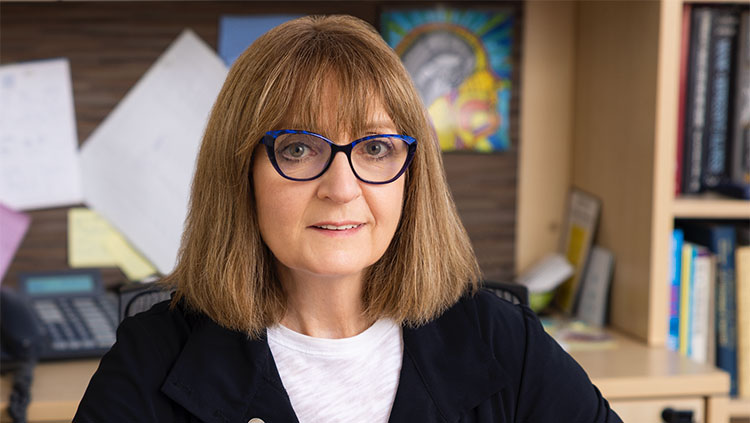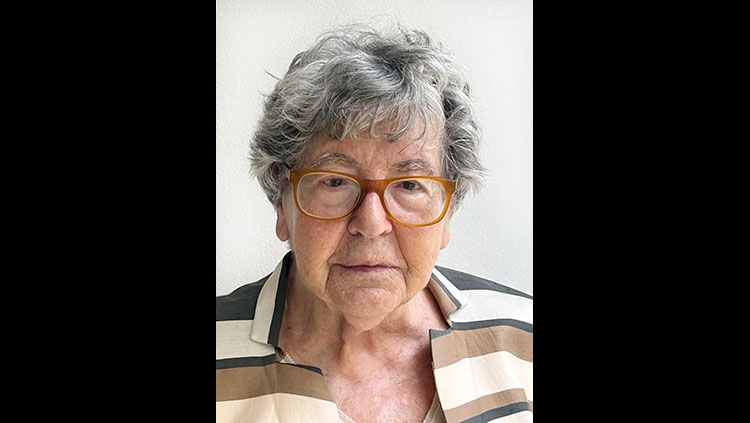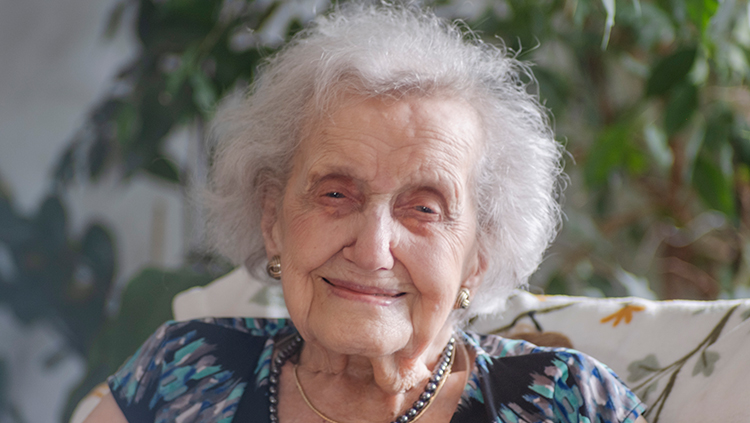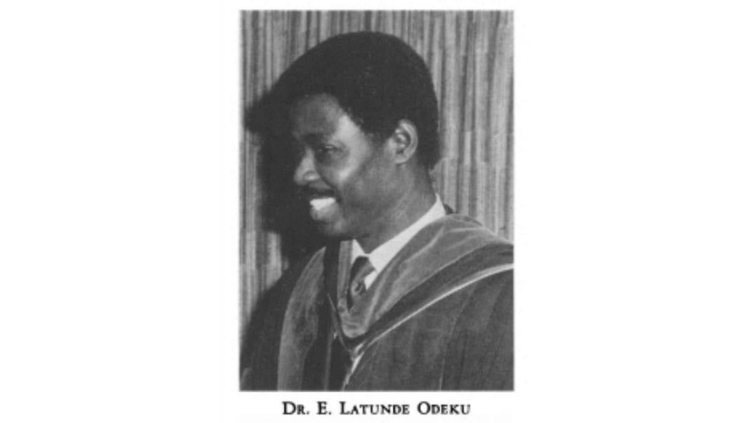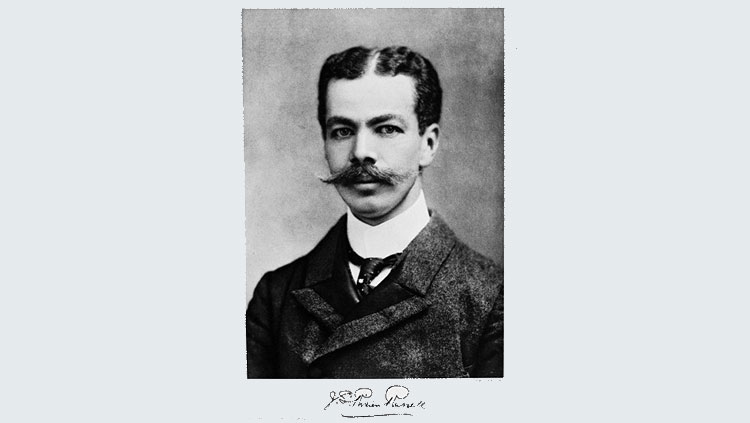Making Neuroscience Information More FAIR and Open
- Published2 Nov 2023
- Source BrainFacts/SfN
Maryann Martone, professor emerita of neuroscience at the University of California San Diego, was fascinated with how computers were going to impact neuroscience research. Trained as a neuroanatomist, Martone shifted her path in the mid-1990s to help shape the field of neuroinformatics, developing neuroscience data alongside computational tools for sharing, integrating, and analyzing information about the nervous system.
Now working with organizations like the International Neuroinformatics Coordinating Facility (INCF) headquartered in Sweden, Martone collaborates with labs to make their information more findable, accessible, interoperable, and reusable (FAIR) and open — which could allow larger amounts of STEM information to be disseminated to more people of all ages over time.
Video produced by Riki Davis, Taylor Johnson, and Emily O’Connor for BrainFacts.org.
Storyboarding and editorial production by Tristan Rivera and Juliet M. Beverly.
CONTENT PROVIDED BY
BrainFacts/SfN
Transcript
My name is Maryann Martone. I am a neuroscientist specializing in neuroinformatics, and mostly I am involved in providing expertise and supporting services to this transition of neuroscience, to a data-driven science where we are routinely sharing our data and making it FAIR.
So open and FAIR neuroscience basically means that: open — that the products of our research, including the articles we publish, the code we make, the data, we make our workflows, our protocols are made available with minimal to no restrictions. All of the products of our research need to be made freely available for re-use and inspection.
FAIR is really a set of guidelines for how you design data. Basically, any digital object to be findable, accessible, interoperable, and reusable, so designed for a web environment — not a mainframe, not a desktop — but a web environment where you are going to be connecting across information systems using programmatic means.
FAIR provides those guidelines, and they arose out of the open science community. Many of us who worked across multiple domains, who were trying to make use of public data, always encountered the same problems.
The two go together. You can have open, but if nobody can find, or open, or use the things that you do, it's of minimal use. FAIR tells you if you can design these things for network systems, but then if you can't use them in an open way, then again you're limiting the use. So it's really open and FAIR neuroscience that go together to really fully realize the impact, I think, of the new world of big data.
I mean, I think we often as scientists, because science is so hard and it's cumulative, you learn knowledge and then you keep going up and learning more and more and more. And I think there's a sort of a sense that, well, no one's really going to be able to make use of any of these things because it is too hard.
But almost all the studies that I've seen said you would be surprised at the number of people who are trying to access science. I think you see over time that things that you used to take at advanced courses in college make their way down into the lower grades, right. You used to not get to neuroscience until you were in a post-graduate career.
But now we know people love this, right? They love the way that their brain works. They love understanding how it is put together. And so we have an opportunity to both entice people, to start looking at these types of resources. Yes, they're hard. They're not completely FAIR. Developing something truly for K through 12 is not an expertise that most of us have.
But as long as you have those out there every minute or so, there's somebody around the globe going, “Wow, I didn't know this.” You also start to put people with the process of science. When I was growing up, it was people were in textbooks, and maybe you had one or two scientists that you knew because you didn't see the primary literature. You didn't see the people who did this except for a few stories.
On the internet, you see these stories all over the place, and you see attribution to these data sets that are out there, and you see people's names. So it starts to put people in contact with each other. And if there's one thing I've learned living in this sort of digital world, the one thing that has not been replaced is people-to-people contact.
We hunger for that. We thirst for that. I've had high school students contact me and say, “I saw this online,” and I'll engage in a conversation with them. That that personal touch means way more than just reading things in books or watching videos — that they actually get to interact with the scientists, which I think is so important.
Even though my career has not been in the education career, I do like to think that somewhere somebody out there is using something that I had no idea that they were using in a way that I could not have imagined.
Also In Meet the Researcher
Trending
Popular articles on BrainFacts.org


